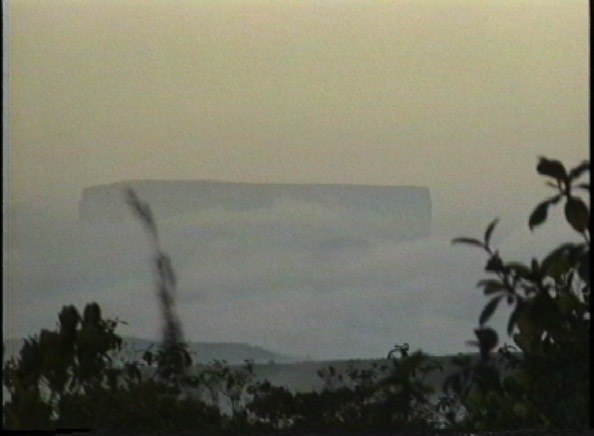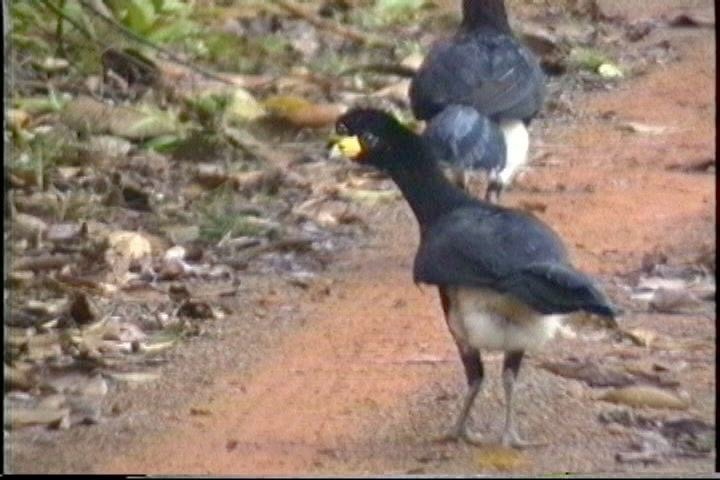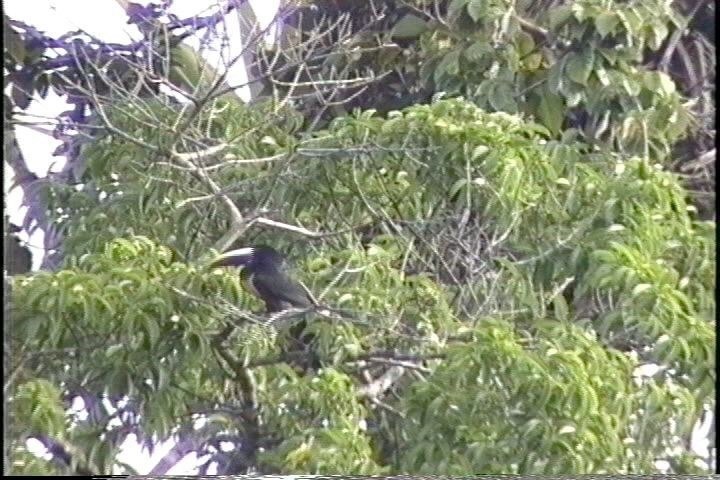As I write this in July of 2020, Venezuela is not a place to be birding. The country is falling apart due to the antics of a dictator, the collapse of the price of oil, and the interventions of the United States - got to love all that oil. But in earlier times it was glorious place; rainforest and high tepuis - magical. In the late 1980’s I spent two weeks birding the eastern part of the country. Even then the economic disparity, the disparity which would lead to the Bolivarian Revolution, was apparent. Walled compounds of very nice homes were surrounded by shanties. I thought at the time that “this can’t continue - something is going to happen”. And it did.
At the bottom of this page there are links to videos of individual bird species recorded on this trip, all can be found in The Birds of Venezuela video portfolio. The Birds of Venezuela photo gallery includes a few photos from this trip.
The following long-form video captures the essence of this trip.

Practically the first thing we saw on this trip was the Pale-throated Three-toed Sloth, Bradypus tridactylus, which was in a park across the street from the hotel where we gathered (photo right).
NOTES FROM THIS TRIP

I’m in southeastern Venezuela. Sitting on the ground. It’s raining. All of my rain gear is covering the camera equipment. The rain runs off of my head in a steady stream. This has been going on for a few hours. This morning I was able to get some good video of Red-and-Green Macaw (photo right) and a Solitary Sandpiper (all alone by a pool in the trail). Now I’m waiting, some time out to video Amazonian Pygmy-Owl and to chase a variety of skulking birds. But basically, I’m waiting, waiting in the rain. Overhead is a Harpy Eagle nest - it was active last week. Doesn’t seem to be active now. Waiting in the rain. I can wait in the rain for a Harpy. Late in the afternoon it is back down the trail to a place to sleep and some hot food. Last week people saw the Harpy at this nest for the last time.

It is February, it is early in the morning. The fog is laying low across the landscape. Rising above the fog are some of Venezuela’s fabled Tepuis (photo right). Stories of their exotic (and endemic) flora are well known. Sinkholes nine hundred feet deep in massive mesas rising above the jungle, the source of the world’s highest waterfall, and the inspiration of Doyle’s “The Lost World” -- these are the Tepuis of the Gran Sabana of Venezuela.
It is fairly easy to get into this area these days. A major paved highway leads south through the Gran Sabana (and it is easy to bird from the road - there is not much traffic). (As I repost this material in 2020, this road is a major migration route out of Venezuela for economic refugees.)
At the moment, I am drawn from this life bird to that life bird, then back again, with a bit of Tepui watching in the mean time.

Black Curassow - Crax alector - Eastern Venezuela

Black-necked Aracari - Pteroglossus aracari - Eastern Venezuela
LINKS TO VIDEOS OF INDIVIDUAL BIRD SPECIES - RECORDED IN VENEZUELA
Vulture, Greater Yellow-headed